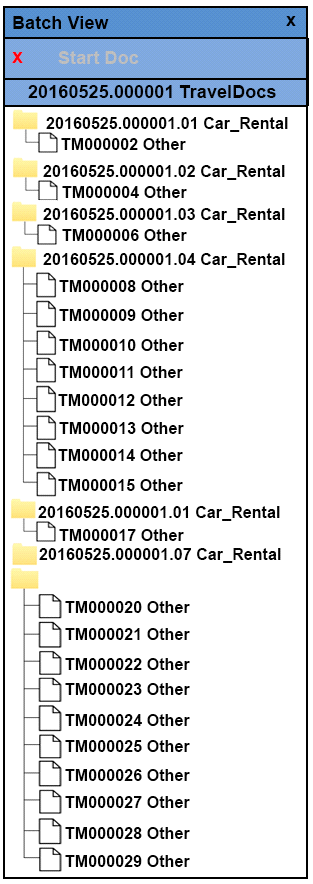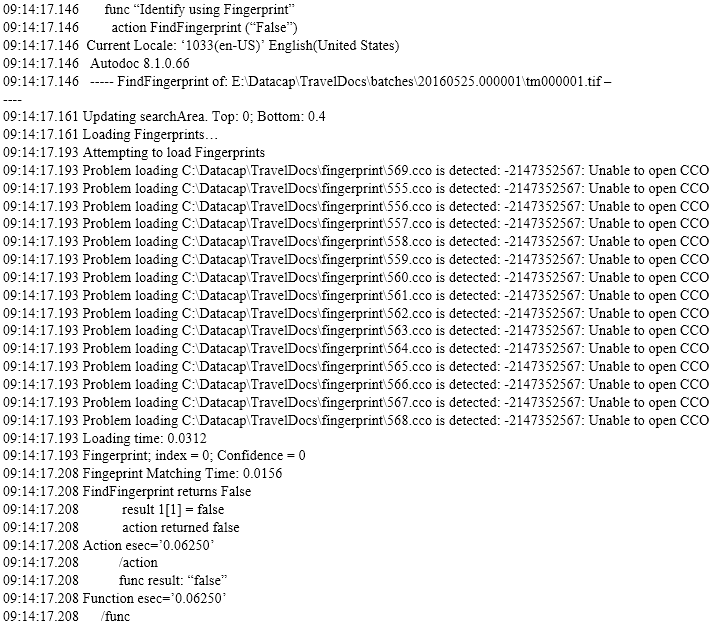IBM C2070-994 IBM Datacap V9.0 Solution Designer Exam Practice Test
A company has determined through testing that they could improve Rulerunner performance for APT by adding additional threads to Rulerunner. Currently they have a Rulerunner server with 4 cores and 4 threads defined.
How many more threads are recommended to add to the existing Rulerunner server?
Answer : A
In general, you want the number of threads to match the number of processors in the host computer. For example, when Rulerunner is installed on a quad core server, enable four Rulerunner threads.
A company wants to export documents to IBM FileNet P8 Content Engine using the FileNet P8 action library.
Which of the following components must be installed on the Datacap servers in order to export?
Answer : B
The following repository clients must be installed on the Datacap Web Client that runs the Datacap export process. These clients are run on Microsoft Windows operating systems.
A company wants a two stage verification process where the same user cannot verify the same batch twice. There will be two verify in the Datacap application. The first verify step can be completed by anyone; the second step must be completed by a different user.
How can they ensure that in the workflow the same user cannot verify the same batch twice?
Answer : B
Queue by Other User: The user that stored the batch cannot open the batch.
A company has a corporate policy to install applications on a non-C: drive so they installed IBM Datacap on the E: drive on all machines. Rulerunner is configured to process PageId, Profiler and Export steps. While testing the OOTB TravelDocs application, the VScan step in DcDesktop creates batches successfully.
Rulerunner picks up the job from PageId step, processes it to the Profiler step, which also processes it. However, instead of ending up on the Verify task when tested on the C: drive, the batches all end up in FixUp with pages set to Other when tested on the E: drive (see following screenshots for examples).


Which log file would show the following clue as to why and what needs to be done to resolve the issue so that the batches do not end up in Fixup?

Answer : B
The X_rrs.log, where X is the name of the task. The file is in the batch folder of the application (for example, C:\datacap\TravelDocs\batches\20130924.00001\pageid_rrs.log), and contains information about actions that are completed by the Rulerunner engine.
Something that is fairly common, look in your fingerprint database to the Template table. In there, for the .tif and .cco file of every fingerprint there is a path stored there. You may need to do a search and replace to make sure the path is correct and pointed to your shared fingerprint directory.
A developer has created a new task in Datacap Studio's Task Profiles. The system uses ADSI for authentication. The task name is CreateFlatFile. The developer creates a new task in the App Managers Rulerunner tab by clicking ''add new''. The first entry is createFlatFile and the second entry is CreateFlatfile. The developer then goes to TMweb to make sure the group and station can run the new task.
While testing, the developer cannot get the new profile to execute.
What did the developer incorrectly configure?
Answer : B
You click Add new Task to add a profile that Rulerunner is to process. Profile names are case-sensitive.
A solution designer configured an application to allow all task profiles to be available to Rulerunner.
Which applications would be used to remove unnecessary task profiles so they are no longer available to configure on the Rulerunner server?
Answer : B
To configure the task profiles for Rulerunner to run:
Within IBM Datacap there is a file that contains a list of the available report types that are displayed in report Viewer.
When a new report type is created, what is the name and default location of the file that the new report type must be added to?
Answer : B
The C:\Datacap\RV2\reports.xml file contains a list of the available report types that are displayed in Report Viewer. When you create a new report type, you must add the report type to this file.